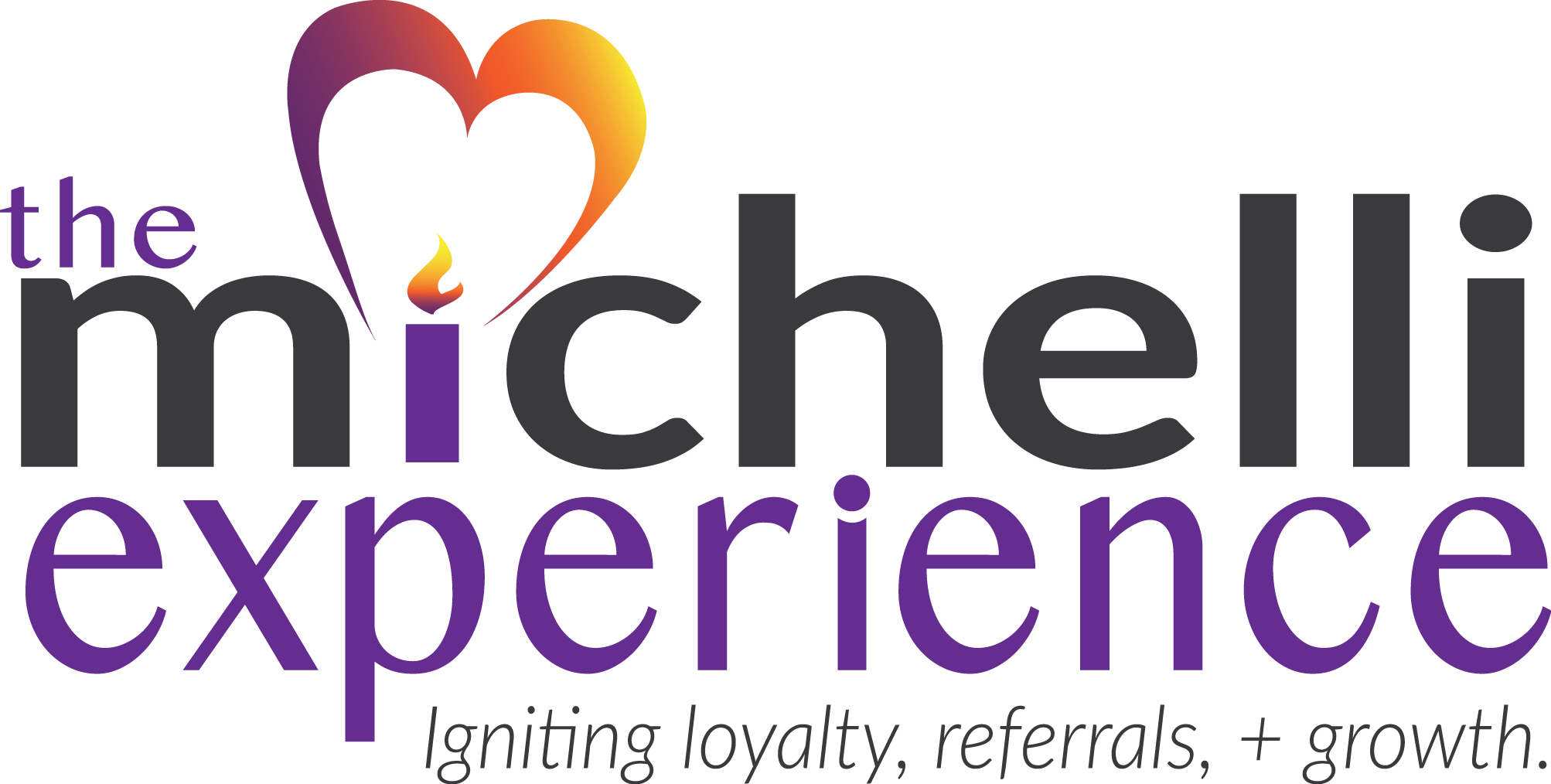Gallup recently released its 2023 US Employee Engagement results.
How do I say this delicately? They aren’t good.
After a decade of rising employee satisfaction and emotional engagement, the last two years have shown marked declines. I think of employee engagement this way:
Highly engaged team members are like owners. They demonstrate extra discretionary effort and position your business for future success.
Moderately engaged employees are like renters. Their effort is commensurate with their salary, and they focus on current goals and objectives.
Actively disengaged staff are like squatters. They take up space. Sometimes they contribute to business success, and other times they detract from it.
While I’ll spotlight some of the concerns emerging from Gallup’s employee engagement data, I’ll also share a handful of ideas (some garnered from Gallup and some from my work with clients) to help ensure you are bucking this trend.
Gallup’s Findings
According to Gallup, the engagement elements that have declined most precipitously from pre-pandemic levels are:
- clarity of expectations
- connection to the mission or purpose of the company
- opportunities to learn and grow
- opportunities to do what employees do best
- feeling cared about at work
Gallup found a marked decline in the percentage of employees who report being “extremely satisfied” with the company they work for.
Younger employees had greater declines than older workers, and women showed more significant engagement losses than men.
Onward to Engagement
Let’s throw some light on Gallup’s dim employee engagement picture with five recommendations for driving engagement in your workplace:
- Wherever possible, embrace hybrid work for remote-ready employees. According to Gallup, “the right mix of in-person time can result in the highest levels of employee engagement.”
- Establish on-site days as Tuesday/Wednesday/Thursday. Gallup reports that Tuesday, Wednesday, and Thursday align with “most employee preferences but don’t make this a policy. Announce it as your new way of working. It is a promise employees make to each other, not a promise they make to management.”
- Redesign job roles. This redesign might involve automating mind-numbing and repetitive tasks or refining job functions to best meet team members’ and customers’ current and emerging needs.
- Invest in training and cross-functional projects. Daniel Pink’s research, outlined in his book Drive, emphasizes the importance of maximizing team members’ “purpose, autonomy, and mastery.” Training and collaboration opportunities foster mastery and drive engagement by building knowledge and community.
- Increase purposeful play and celebration – Merit-based, high-recognition cultures are high-engagement cultures. Playful cultures are also high-engagement cultures, especially when people play with a purpose (e.g., to enhance team cohesion.)
Nick Capra advises:
Don’t follow trends. Start trends.
Nick’s guidance applies to the current state of employee engagement.
Don’t follow the downward trend!
Instead, pave the way for employee satisfaction, happiness, and productivity. As you do, you’ll benefit your team, customers, and bottom line.
I’d love to help you drive employee engagement, so let’s talk soon. You can get in touch with me at josephmichelli.com/contact.

Joseph A. Michelli, Ph.D. is a professional speaker and chief experience officer at The Michelli Experience. A New York Times #1 bestselling author, Dr. Michelli and his team consult with some of the world’s best customer experience companies.
Follow on Twitter: @josephmichelli



